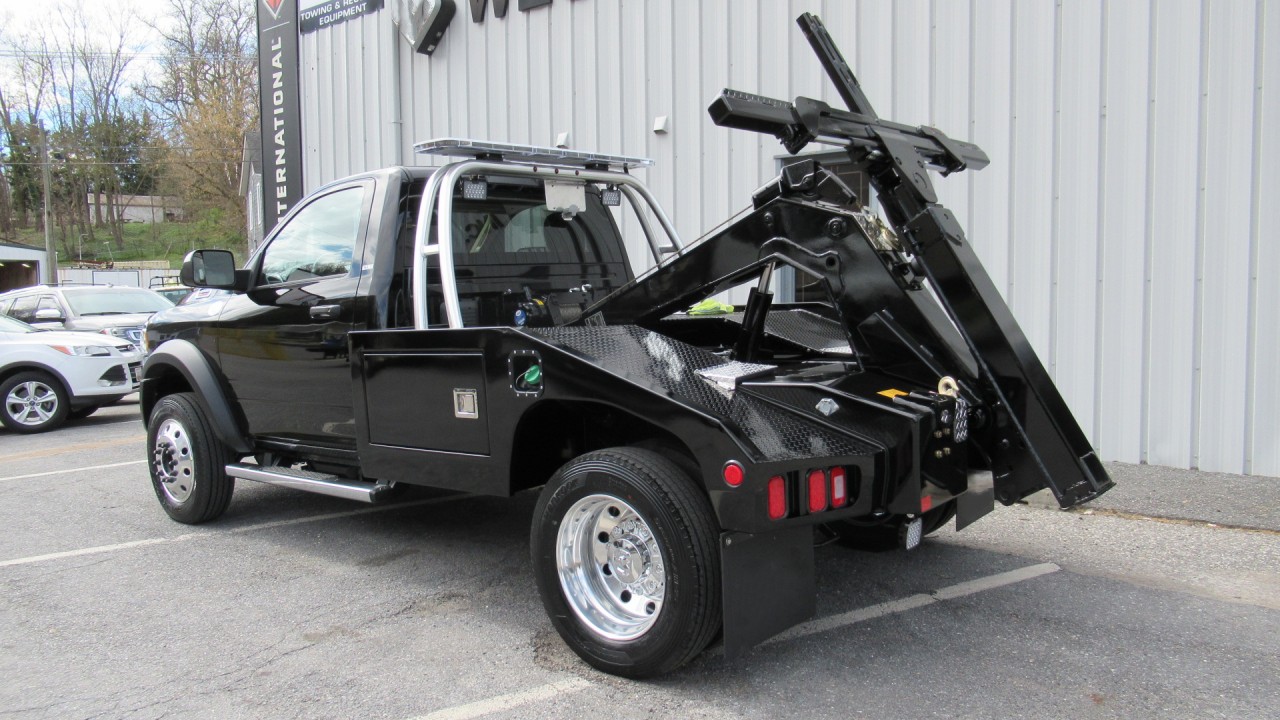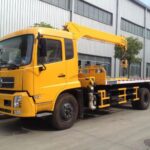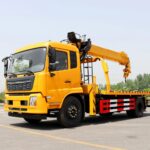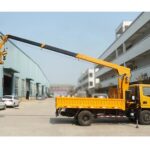Towing operations are an essential part of the transportation industry, helping vehicles in distress to be moved safely and efficiently. In recent years, advancements in technology have revolutionized the towing industry, leading to the development of integrated tow trucks. These innovative vehicles combine cutting-edge technology with powerful towing capabilities, streamlining operations and saving valuable time. In this article, we will explore how integrated tow trucks are transforming the towing industry.
Integrated tow trucks are equipped with a range of advanced features that enhance efficiency and productivity. One of the key features is the integration of GPS technology. With built-in GPS systems, tow truck operators can locate the exact position of a stranded vehicle easily, reducing response times significantly. This real-time tracking capability allows operators to optimize their routes, avoiding traffic congestion and taking the most efficient path to the destination. By minimizing travel time, integrated tow trucks ensure that assistance reaches the stranded vehicle promptly, thereby reducing the time it takes to complete a towing operation.
Another significant advantage of integrated tow trucks is their advanced hydraulic systems. These systems enable quick and effortless loading and unloading of vehicles. Traditional tow trucks often require manual labor and extensive setup time to position and secure a vehicle onto the towing platform. In contrast, integrated tow trucks feature hydraulic lifts and winches that can lift vehicles smoothly and securely without much manual effort. This streamlines the entire loading process and saves valuable time, allowing operators to handle more towing requests efficiently.
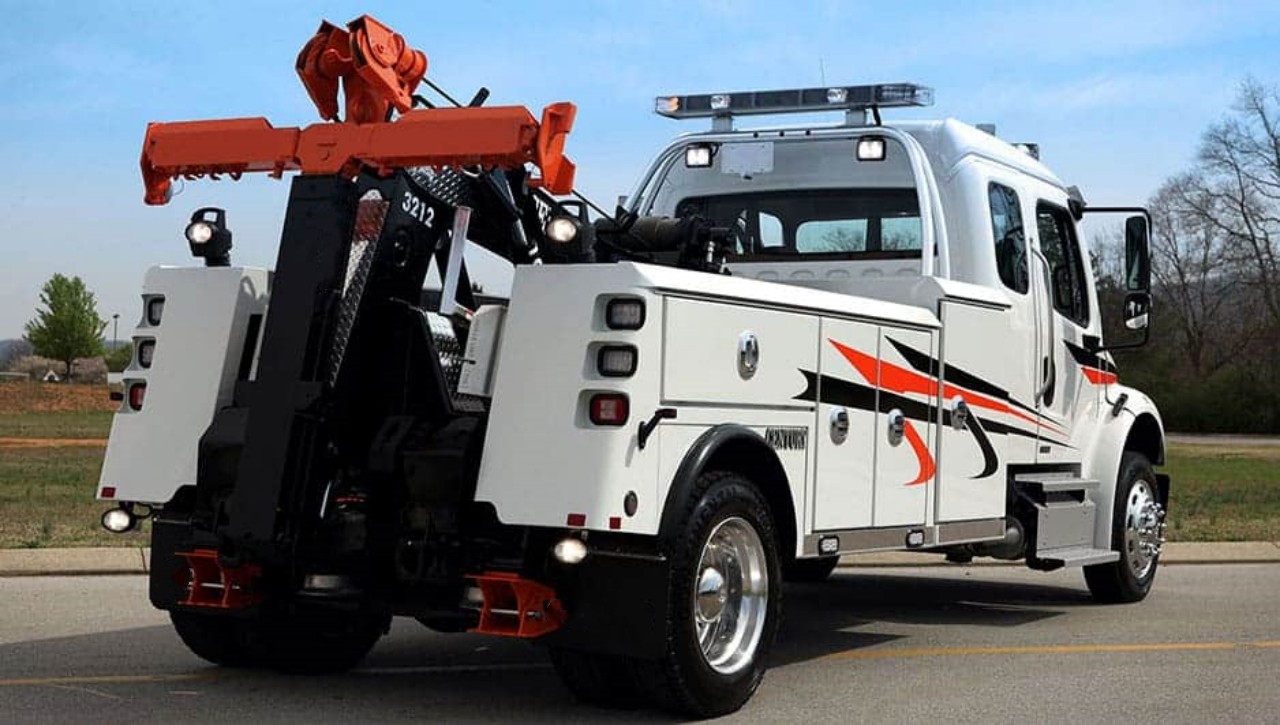
Moreover, integrated tow trucks often come equipped with built-in diagnostic systems. These sophisticated systems can identify common mechanical issues quickly in stranded vehicles, providing valuable information to the tow truck operator. With this information at hand, operators can assess the severity of the problem and determine the appropriate course of action. This integrated diagnostic capability not only helps in identifying potential challenges but also enables the operator to come prepared with the necessary tools and equipment, further reducing the time required to complete the towing operation.
One of the most significant advancements in integrated tow trucks is the incorporation of remote control technology. Traditional tow trucks often require the operator to physically control the vehicle from the driver’s seat. This can be time-consuming and labor-intensive, especially in situations where the tow truck needs to maneuver through tight spaces or difficult terrain. Integrated tow trucks, on the other hand, feature remote control capabilities that allow the operator to control the truck from a safe distance. This not only enhances safety but also enables precise maneuvering, saving time and minimizing the risk of damage to both the tow truck and the stranded vehicle.
Integrated tow trucks also offer enhanced safety features that contribute to time savings. לְדוּגמָה, they are often equipped with advanced warning systems such as flashing LED lights, high-visibility graphics, and audible alarms. These safety features alert other drivers to the presence of the tow truck, reducing the chances of accidents and ensuring a smoother flow of traffic. בְּנוֹסַף, integrated tow trucks may have built-in cameras and sensors that provide the operator with a comprehensive view of the surroundings. This eliminates blind spots and enhances situational awareness, enabling the operator to make informed decisions quickly.
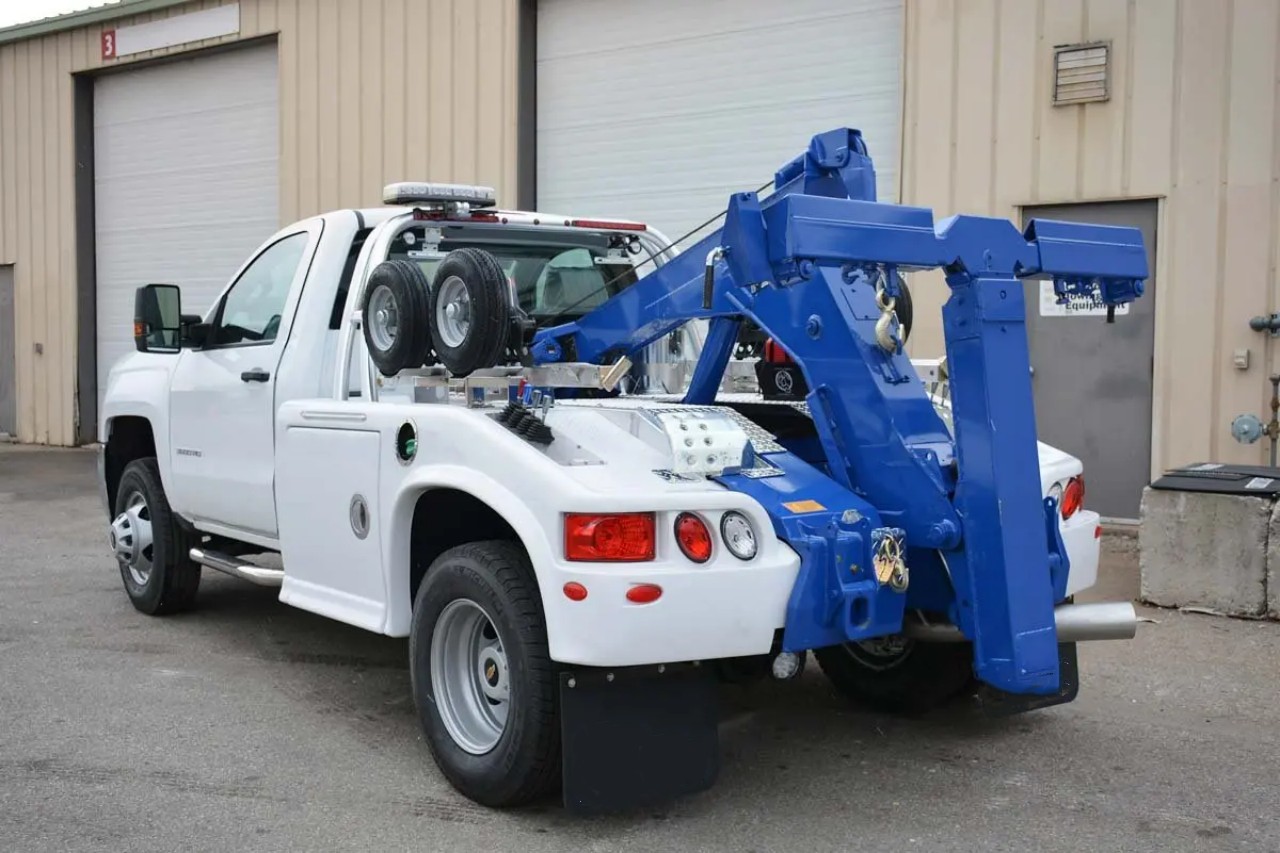
יֶתֶר עַל כֵּן, integrated tow trucks often have increased towing capacities compared to their traditional counterparts. This means they can handle larger vehicles and heavier loads, reducing the need for multiple trips or the assistance of additional towing vehicles. By maximizing towing capacity, integrated tow trucks minimize the time and resources required to complete a towing operation, contributing to overall time savings.
The integration of GPS technology has been a game-changer in the towing industry. By having real-time access to the exact location of a stranded vehicle, tow truck operators can eliminate the guesswork and navigate directly to the scene. This eliminates the need for time-consuming phone calls or driving around searching for the vehicle, ensuring a quicker response time. בְּנוֹסַף, GPS integration allows for efficient route planning, considering factors such as traffic conditions and road closures. As a result, tow truck operators can choose the most optimal path, further reducing the time it takes to reach the destination.
The advanced hydraulic systems found in integrated tow trucks have revolutionized the loading and unloading process. With the push of a button, the hydraulic lifts and winches can raise the disabled vehicle effortlessly onto the tow truck platform, eliminating the need for extensive manual labor. This not only saves time but also reduces the risk of injuries to the operators and potential damage to the vehicles. The ease and speed of the loading process allow tow truck operators to handle more towing requests efficiently, maximizing their productivity.
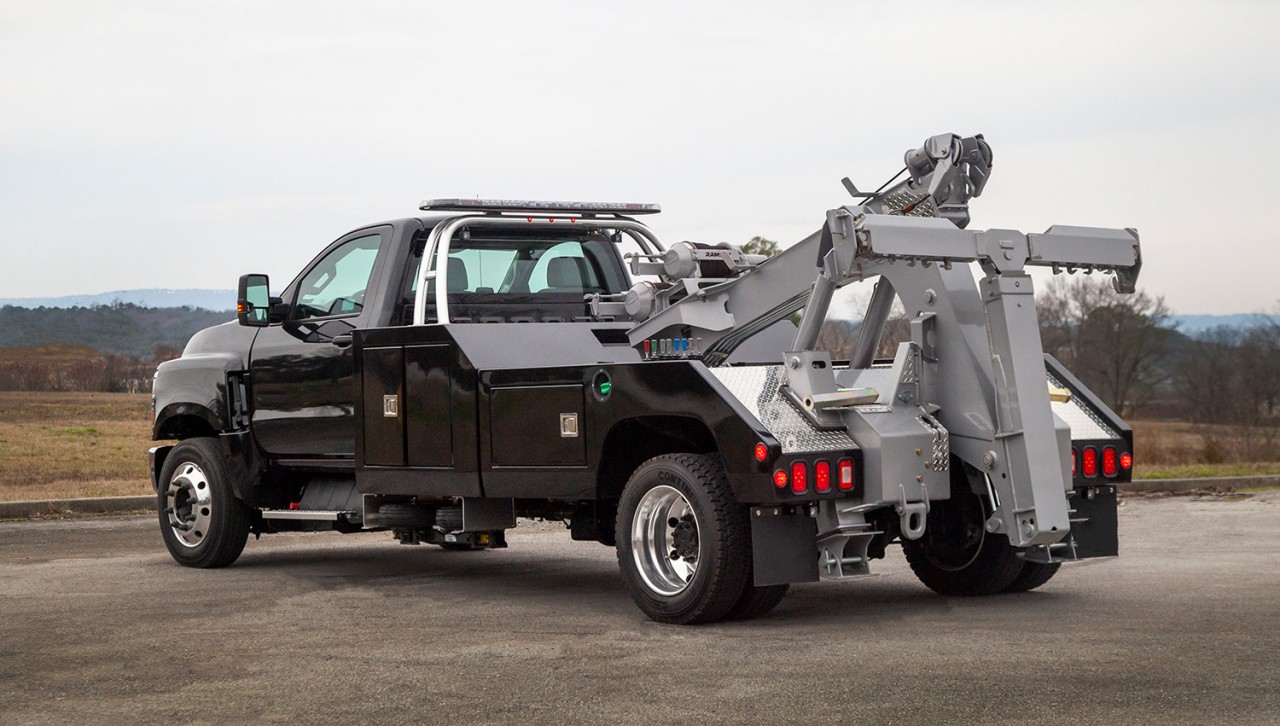
Integrated tow trucks equipped with built-in diagnostic systems provide a significant advantage in time-saving. When arriving at the scene, the operator can connect to the stranded vehicle’s diagnostic port quickly and retrieve valuable information about its condition. This real-time data helps in identifying common mechanical issues, such as a dead battery or a faulty ignition system. Armed with this knowledge, the operator can come prepared with the necessary tools and spare parts, minimizing the time required to troubleshoot and resolve the problem. The ability to diagnose issues on-site not only saves time but also improves customer satisfaction by providing a more efficient and effective service.
Remote control technology has emerged as a valuable feature in integrated tow trucks. In situations where the tow truck needs to navigate through tight spaces or difficult terrains, the operator can utilize the remote control to maneuver the vehicle precisely without being physically seated in the driver’s seat. This technology enhances safety by reducing the risk of accidents and damages caused by human error. It also saves time by allowing operators to position the tow truck quickly and accurately for loading or unloading without the need for multiple adjustments. The increased control and maneuverability contribute to a more efficient and streamlined towing process.
Safety is paramount in the towing industry, and integrated tow trucks are equipped with a range of safety features that enhance both operator and public safety. The flashing LED lights, high-visibility graphics, and audible alarms on these trucks alert other drivers on the road, reducing the risk of accidents and ensuring a smooth flow of traffic during towing operations. יֶתֶר עַל כֵּן, built-in cameras and sensors provide operators with a comprehensive view of their surroundings, eliminating blind spots and enhancing situational awareness. This enables operators to make quick and informed decisions, further saving time and improving overall safety.
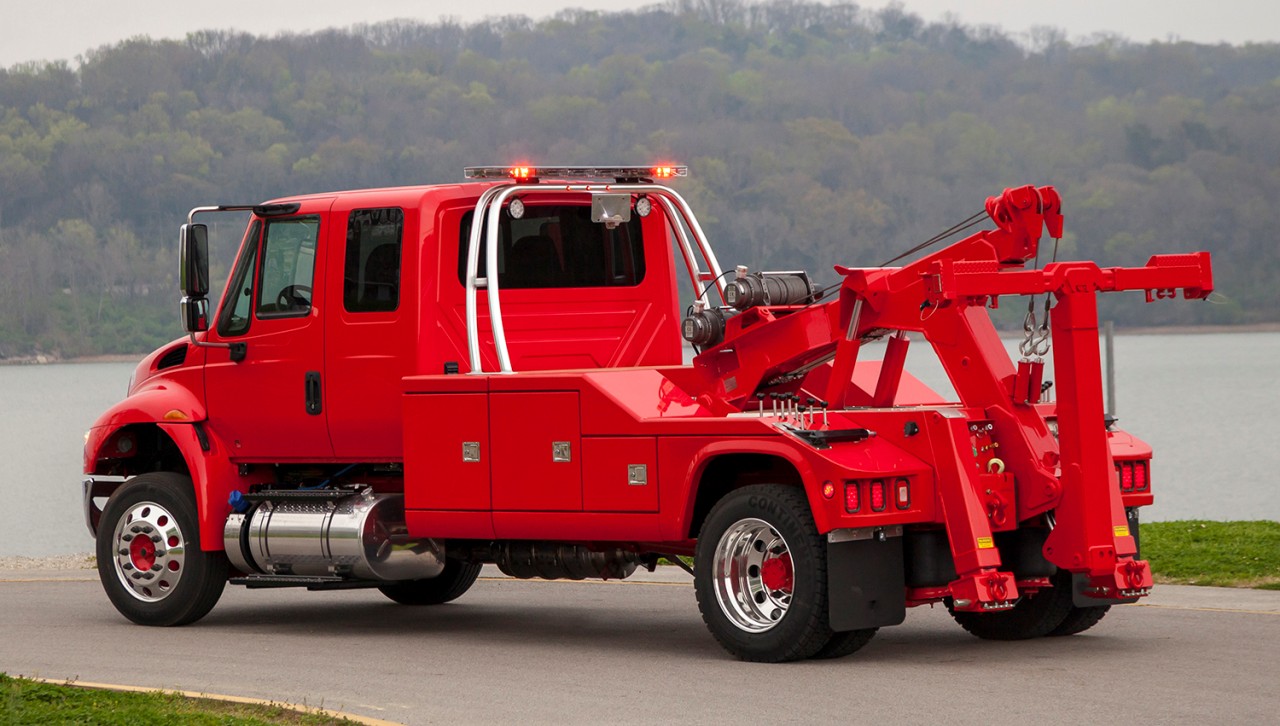
Lastly, the increased towing capacity of integrated tow trucks contributes to time savings significantly. With the ability to handle larger vehicles and heavier loads, these trucks can complete a towing operation in a single trip, eliminating the need for multiple trips or the involvement of additional towing vehicles. This not only reduces fuel consumption and environmental impact but also streamlines the entire process by minimizing wait times and logistical challenges.
לסיכום, integrated tow trucks have revolutionized the towing industry by streamlining operations and saving valuable time. The integration of GPS technology, advanced hydraulic systems, diagnostic capabilities, remote control technology, and enhanced safety features have transformed the way towing operations are conducted. These innovations enable tow truck operators to respond faster, load and unload vehicles efficiently, diagnose issues on-site, maneuver with precision, ensure safety, and maximize towing capacity. As a result, integrated tow trucks have become indispensable tools in the towing industry, improving efficiency and providing a more effective and timely service to drivers in need. With continued advancements and technological innovations, integrated tow trucks will continue to play a crucial role in streamlining towing operations and saving valuable time.

